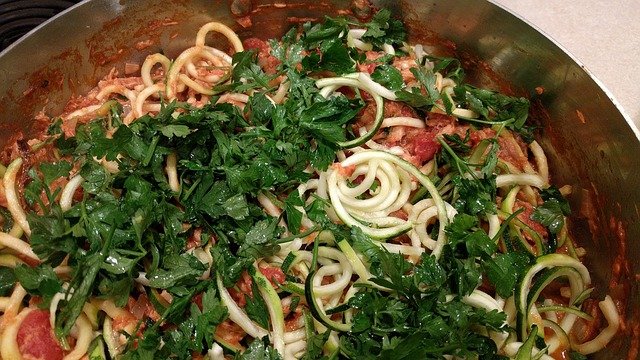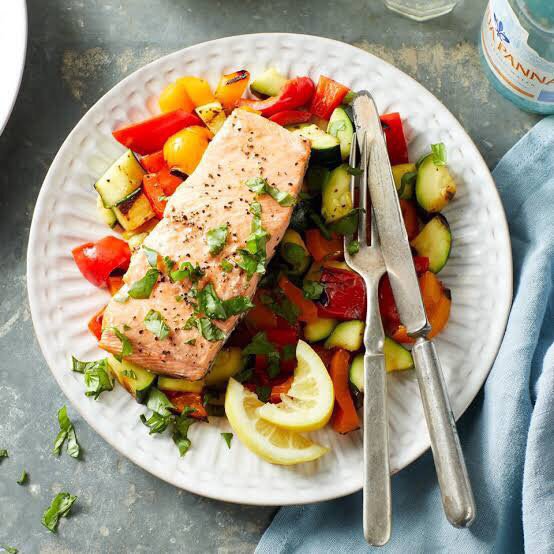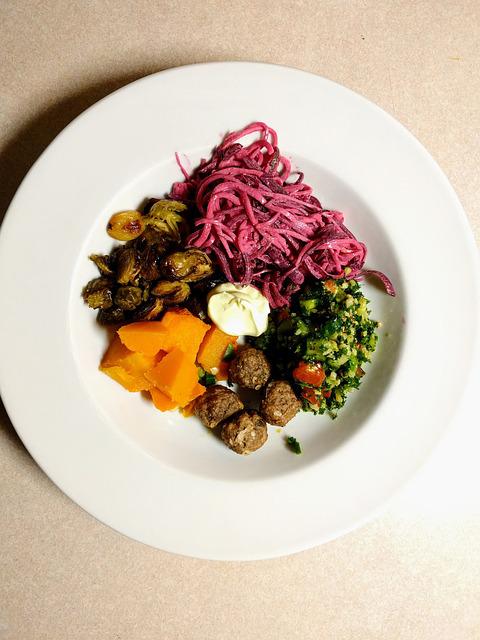
In this article we will look at the best diets for heart health. Nutrient-dense vegetables and fruits are the best diets for heart disease prevention. These diets can reduce the risk of cardiovascular disease, decrease chronic inflammation, and even help with weight management. Let's have a look at each one to help you select the right one for you. They have many benefits for your health, but also drawbacks.
Mediterranean diet
Many experts differ on the best diet. One group of experts is the nutritional community. They disagree because different people require different types nutrients to stay healthy. The majority of experts agree that Mediterranean food is the best. It contains fewer calories and fats than other diets. It also has a lower intake of sodium and processed foods. It is important to keep in mind that certain foods are not allowed on this diet.
Olive oil is a key component of the Mediterranean diet. This oil offers many health benefits. To preserve the health benefits from olive oil, it's important not to heat it too much. This oil should only be consumed raw, or lightly roasted. At least 3 tablespoons of nuts and seed per day is recommended. These foods are packed with antioxidants as well as phytochemicals. Mediterranean cuisine encourages the consumption of moderate amounts meat.
Mayo Clinic diet
The Mayo Clinic diet is two-phased and emphasizes healthy eating, exercise, and good nutrition. The first phase called Lose It! is designed to shed 1-2 pounds per weeks and promote healthy habits and lifestyle modifications for life. The second phase, called Live It! teaches participants how to maintain and sustain weight loss. This diet provides an online platform and mobile app as well electronic tools for meal planning and habit tracking.

The Mayo Clinic Diet may have many advantages, but it doesn't offer a foolproof way to lose fat. While this diet uses the food pyramid as its main focus, it does require strict adherence to the plan and a change from your mindset. You must plan carefully and be motivated to adhere to the plan. For example the Mayo Clinic diet emphasizes eating nutrient rich foods and avoiding highly processed foods.
DASH diet
A DASH diet is a healthy, low-sodium diet. Even if you have good health and no heart problems, high sodium foods can cause serious health problems. Avoid sweetened products such as pastries and bread, as well packaged potato snacks. Also, avoid enriched grains such as pasta and white bread. Convenience stores sell foods high in sodium, frozen meals can be dangerous for your health, and alcohol can raise blood pressure.
Foods on the DASH diet are high in natural fiber and nutrients. They are more nutritious than processed foods. The DASH diet also emphasizes low-fat dairy products, such as skim milk, low-fat cheese, and yogurt. It also suggests sticking to lean cuts and occasional red meat. Avoid fat-free margarine and dairy products, as well as avoiding high-calorie drinks with added sugar.
5:2 diet
The 5/2 diet limits calories to two days per week and allows for five meals and snacks. While this may be a healthier way to lose weight, the plan is not as satisfying and may not work for everyone. While this diet may help some people lose weight it is important that you remember that there are different diets that work for different people. The 5:2 Diet is not recommended for all people.
The 5 to 2 diet is based on whole foods and complex carbohydrates as well as healthy fats. According to a University of Illinois at Chicago study, dieters following the 4:3 diet lost on average five kilograms without losing any muscle mass. The triglyceride levels and leptin levels decreased by 20 percent, and 40 percent, respectively, which are two indicators of inflammation. The 5:2 diet is not recommended for people with migraines or eating disorders.
Carnivore diet

One of the most nutritious carnivore meals is one that includes only meat and other animal product. This diet is beneficial because it helps regulate cholesterol levels and promotes autophagy, the natural process of cell repair and cleanup. On the downside, a carnivore diet can also increase your risk of non-alcoholic fatty liver disease, or NAFLD. This is caused by the accumulation of saturated fat in your liver and is not easily reversed with diet changes. Inflammation of the liver may also increase your chance of developing liver cancer.
Another benefit to a carnivore lifestyle is the ease of its implementation. Fattening cuts of meat should make up the majority of the calories. These include NY strip steaks, NY strips, flank steak, and T-bone steak. The diet also restricts carbohydrates, and prefers fat-rich proteins over carbohydrates. A preferred source of energy, fat is also acceptable. Fish high in fat should be eaten.
FAQ
Is there a difference between a chef and a cook?
A chef is someone who prepares food for others. A cook prepares meals for others. Both jobs require the preparation of food. However, chefs work directly with their customers. This may mean that they might have to choose what to cook for guests depending on their preferences. Cooks don't interact with customers. He or she makes sure that the food is delicious before serving it.
What are the advantages of using a slow cooker to cook?
Slow Cookers are very useful because they allow you to prepare delicious meals without wasting time. Slow cooker recipes are healthier than traditional ones because they use less oil and fat. Also, slow cooker recipes are easy to use because they do all the work while you sleep.
Which career path is best for someone who wants a career as a chef or chef? How can I get started in my career as an chef?
If you're interested in becoming a chef, you should consider starting as an apprentice. Apprenticeships offer the chance to work for several year without any tuition fees. After you complete your apprenticeship, it is possible to apply for a job as a sous-chef. Sous chefs are responsible for supervising cooks and helping them prepare salads or desserts. They also oversee the entire operation of the restaurant.
Do I require any special equipment?
To learn to cook, you don’t need to have any special equipment. However, the right tools can make it easier to cook. You could, for example, use a spoon to make pasta or a whisk to whip the egg whites into stiff peaks. You can make cooking more enjoyable and easier by having the right tools.
What ingredients do I need to purchase to cook?
You don't have to buy all ingredients. Many grocery stores have premade sauces and other products that you can substitute for. If you are looking to save money, premade meals may be a good option.
Do I have to go to culinary school in order to be a professional chef?
No. No. Some even went to culinary schools to gain practical experience. Culinary school is preferred by most chefs because they have more opportunities to grow and learn. Culinary schools provide hands-on training that helps students develop valuable skills and enhance their culinary knowledge.
How do I become a chef?
To get a job as chef, you must first complete a culinary arts degree. You should next join a professional organization such as the American Culinary Federation. This association offers certification exams as well as networking opportunities.
Statistics
- According to the BLS, chefs earn $58,740 a year. (learnhowtobecome.org)
- On average, chefs earn $58,740 a year, according to the BLS. - learnhowtobecome.org
- under 10 Kids have been taught that there is special food just for them, and Fiese says that 10 percent of kids will throw a tantrum if they don't get the food they want. (washingtonpost.com)
External Links
How To
How to cook a steak
The thickness and cooking method of any kind of meat will affect the way it is cooked. Thicker steaks can be cooked on a low heat. Thicker steaks need to be cooked at higher temperatures.
Also, don't cook them too long as it will cause loss of flavor. You should always remove the steak from the skillet when it's done. This will prevent you from burning yourself.
Cooking times depend on the size of the steak and the desired degree of doneness. Here are some guidelines to help you get started:
Medium Rare: Cook the meat until it reaches medium rare (63°C). This can take anywhere from 3 to 5 minutes per side.
Medium: Cook until medium. This means that the internal temp has reached 160 degrees F (71 degrees Celsius). This usually takes about 6 minutes per side.
Cook well until done. That means that the internal temp reaches 180degF (82degC). This takes between 8 and 12 minutes per side.